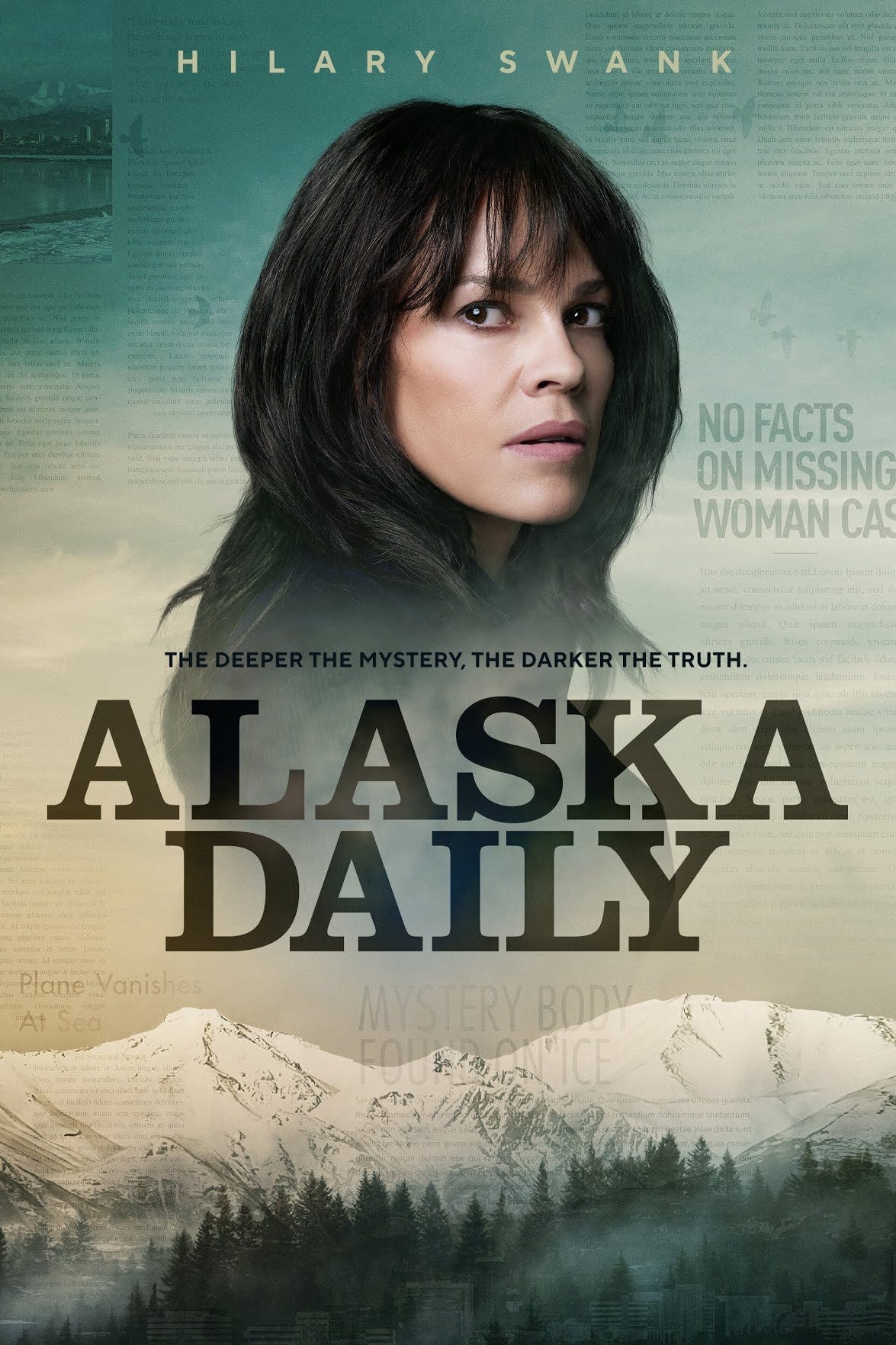TV has never got newspaper story quite right
Former Post-Star editors to talk about newspapers, journalism Thursday night
By Ken Tingley
Despite their staying power over the past century or so, television has not made much of an attempt at dramatizing the important work newspapers do in their communities.
The Mary Tyler Moore Show, The Newsroom and more recently The Morning Show all delved into television news with some success, but you have to go back 40 years to ”Lou Grant” to find real insights into newspaper work.
“Lou Grant” was a spinoff off “The Mary Tyler Moore Show” featuring Ed Asner as the grizzled city editor returning to his roots at a big metro newspaper in Los Angeles. It ran from 1977 to 1981 (5 seasons), produced more than 100 episodes, won 13 prime time Emmy awards and twice was named the best drama on television.
Looking back at my own career, while “All the President’s Men” piqued my interest in journalism, “Lou Grant” brought it to life as a possible career choice. I was just 20 and in college when “Lou Grant” first aired. When I told people I was majoring in journalism, they usually wanted to know if I wanted to be “Lou Grant?” As a sports guy, I supposed that was better than Oscar Madison, but I digress.
Those television role models have been few.
“Alaska Daily” is the new newspaper show starring Hillary Swank as the star investigative reporter who got run out of New York City for failing to get a story right and lands in Alaska.
There is a lot to like about “Alaska Daily.” They deal up front with the downsizing of the newspaper from a big office downtown to a strip mall storefront and regular complaints about a much smaller staff. The reporters are young, inexperienced and often winging it. The newsroom is messy and cluttered and nobody is dressed up. I just wondered why the drama needed to be set in Alaska. I believe viewers would relate more if the show connected them to local newspapers like the ones they know in rural and suburban America.
It may be one of the reasons why I wrote “The Last American Newspaper.” I wanted local readers to remember the great work that was done over the past two decades and how it made a difference. I was reminded of the dedication of the men and women I worked with over the years. They really did want to make a difference in a job that didn’t pay well, often did not have much of a future while deal with the stress of daily deadlines. Too many times over the last decade I had to lay off many of those journalists.
I think “Alaska Daily” gets the dedication right. It shows the commitment to getting the story right, to standing up to those who lie to them and the indignation when government officials won’t give them the information the public is entitled to to see by law.
Hell, I think there is an entire show that could be done just on that.
My book is about what I witnessed at my newspaper. I think it would would make a great Netflix series. Maybe a movie, too. The stories are that good.
But right now, what I hope comes out of “The Last American Newspaper” is the realization we need those editors and reporters more than ever. And without their work, our communities won’t be as good.
You need to know the editors and reporters I worked with were the good guys who often got beaten up trying to make their corner of the world better.
That’s a story is always worth telling.
And it’s always worth seeing. And you don’t have to go to Alaska to see that.

Crandall event
One final reminder of The Crandall Library event scheduled for Thursday at 7 p.m.
Two of my former colleagues - Pulitzer winner Mark Mahoney and Will Doolittle - will be joining me for a panel discussions about newspapers and journalism. My latest book, “The Last American Newspaper” is a celebration of journalism and the difference it made in our local communities.
Eric Hoppel, the former news director at WNYT in Albany, will be the moderator for the discussion.
It should be a lively evening.

Next up
I’ve been working on a book about my family, specifically the love story of my mother and father. But as I’ve talked to relatives about the project, the focus has gradually changed. My mother grew up in Northern Ireland where she met my father while she was in the Navy. After a short romance, she left her family and embarked on the great adventure in America.
But as I learned more about my mother’s family in Ireland, I became interested in telling a broader story about their lives and why my mother and her sisters left.
I’m still figuring it all out, but it has looks like a great story.
I just finished reading Frank McCourt’s “Angela’s Ashes” memoir about growing up in poverty in Limerick in the south of Ireland. I was looking for insights into the Irish, their culture and why they immigrated. While my mother’s family did not experience that type of poverty, I suspect they knew people who struggled.
I’ll keep you informed.







Hi Ken -- Been a fan of "Alaska Daily" when I've been able to catch up on it because of the way it discusses the challenges of modern journalism. A big reason why the show is set there though is because it was inspired by the project "Lawless: Sexual Violence in Alaska" which was a joint project by the Anchorage Daily News and ProPublica. I think besides journalism, it also gives attention to the struggles of the indigenous population.
Watch Masterpiece’s “Broadchurch”- though one of its subplots- Local Journalism and it’s challenges are eye openly portrayed.